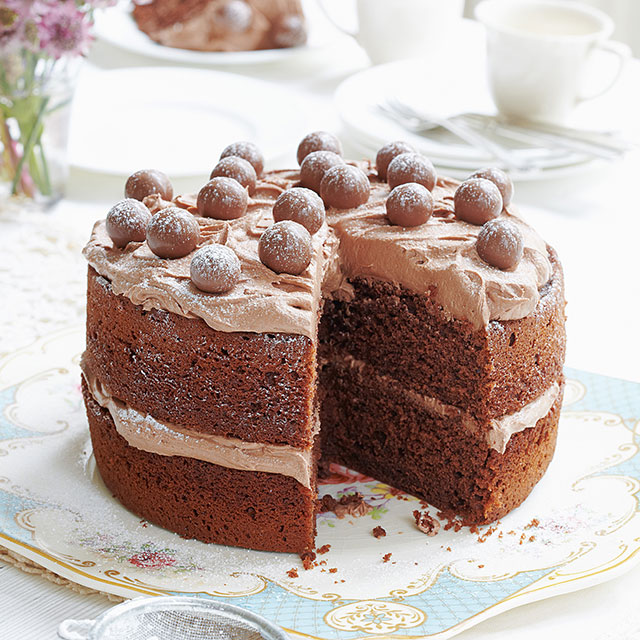When it comes to baking, it can be a bit of a minefield. There's so much potential for something to go wrong, and sometimes even when you follow a recipe to a T, you still find your cake comes out inedible. Fear not though, we're rounded up some of the most common baking problems people face and the best way to go about fixing them.
If you're looking for some baking inspiration, have a browse through our baking recipes collection - you'll find plenty of ideas!
Here are the top baking problems you might face and how to go about fixing them!
1. Why is my cake flat?
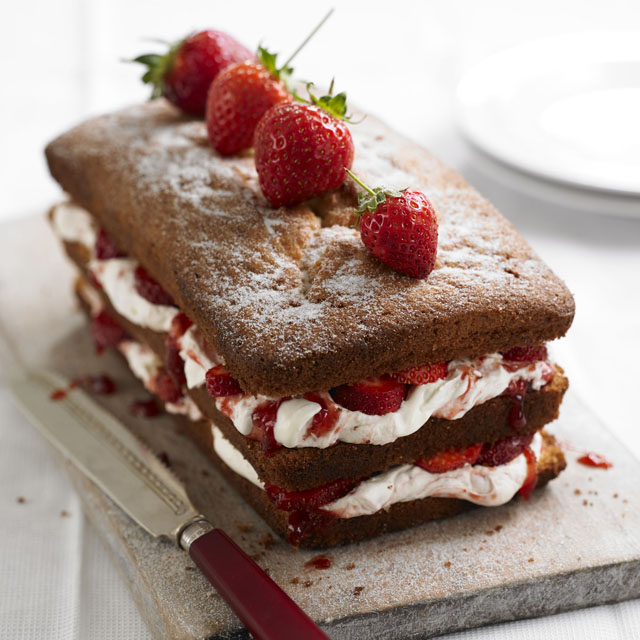
The perfect cake is beautifully risen with a light, spongey texture to it... except yours hasn't risen and is flat as a pancake.
What went wrong?
There are several possible reasons for your cake coming out flat - the most common mistake is not adding enough raising agent, or using the wrong type of flour. If you haven't added enough baking powder or are using plain instead of self-raising flour, then there's no way for your cake to get that nice fluffy rise on it. Make sure to follow the recipe carefully and always use baking powder that is in date. However, be warned - adding too much raising agent can also end in disaster... See section 2.
Alternatively, you might have over-beaten the mixture. If this happens, you can actually end up beating all the air out of it and stretching the gluten in the flour, which add up to mean your cake may come out much denser than you'd like.
Yet another reason could be that your oven wasn't hot enough when your cake went in or that you left your mixture too long before popping it in to cook - make sure your oven is properly pre-heated and get your cake in to bake as soon as possible.
Can I save it?
It probably won't be what you envisioned, but you can salvage it. You can stamp out smaller circles from the cake and sandwich them together to make mini Victoria sponge cakes, for example. That way, you wont come away with nothing.
If you're after a Victoria sandwich cake recipe, we've got a classic one for you to try.
2. Why has my cake sunk in the middle?
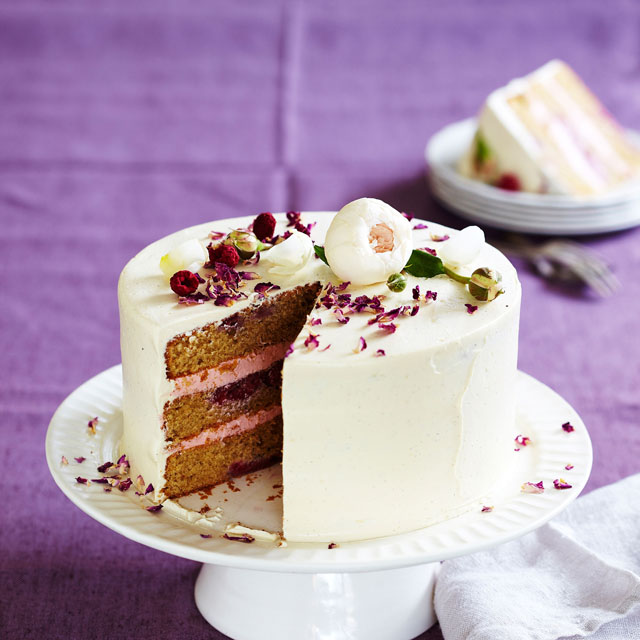
You had a look through the oven door whilst it was baking and your cake looked like it was rising perfectly. Now you've taken it out of the oven only to find your cake has sunk in the middle.
What went wrong?
Most people think that adding more baking agent will make the cake rise better, but in fact it will end up having the opposite effect. If you use more than the required amount of baking agent, then your cake will rise too quickly and end up sinking in the middle, so make sure you follow the recipe closely.
This problem can also happen when you open the oven to check your bake during cooking. Crouching by your oven waiting for your cake to cook might seem very Bake Off but it certainly won't get you show stopping results. Resist the urge to check your cake for at least 80% of the total cooking time. Opening the oven door can significantly alter the oven temperature which then gives an uneven bake.
Finally, make sure your cake is cooked for the right amount of time. Cooking it for too short a while will result in a soggy, sunken middle. The centre of your mixture takes the longest time to heat through, so is typically the final part of your cake to cook through, puffing up to an airy middle.
Can I save it?
You can cut the cake horizontally to make it flat and then cover it with buttercream to mask where you've cut part of the cake off to level it.
For a buttercream cake recipe, why not give this indulgent raspberry and white chocolate buttermilk cake a go - it's a real crowd-pleaser.
3. Why is my cake soggy in the middle?
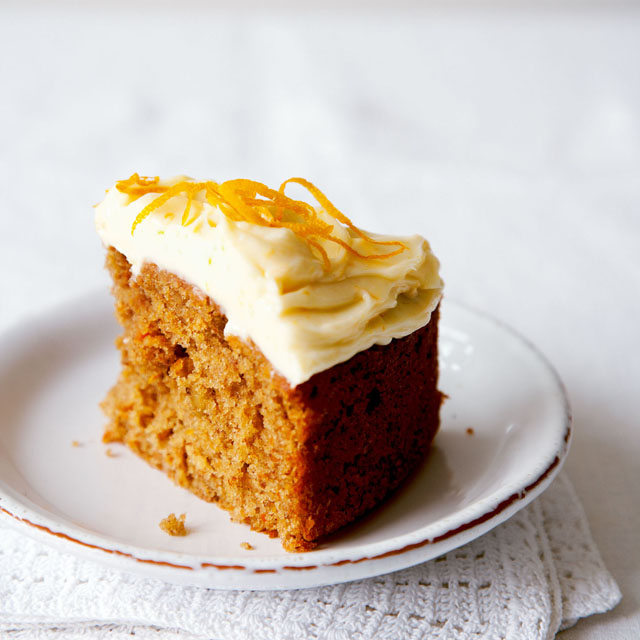
You've baked your cake at the right temperature for the right amount of time, and yet when you take it out, the middle is still wet and the outside is cracking.
What went wrong?
If you're baking something like a carrot or courgette cake the veggies will be adding a lot of moisture, so you might find that it's a bit wet in the middle still, even once it's baked. If you're finding this is happening then you can squeeze the excess moisture out of veggies once they're grated by squeezing them in a tea towel or some kitchen paper until semi-dry.
And then of course there's the golden rule of baking. Every time you make a cake be sure to test the middle is cooked thoroughly by inserting a skewer and making sure it comes out clean and batter free. You can also test the middle of your sponge is cooked by pressing lightly with your finger - the mixture should spring back if cooked properly.
The other important point to make here is to cool your cake on a wire rack. Once your cake has been out of the oven for a few minutes tip it out of its tin and leave to cool completely on a rack so that your finished bake won't be sitting in a warm tin, collecting condensation.
Finally, your oven might be too hot, which would explain why it's cracking on the outside and still undercooked on the inside. A lower oven temperature makes for a more even bake.
For a really fab carrot cake recipe that won't stay soggy in the middle, try our carrot cake with orange cream cheese frosting - it's a classic.
Can I save it?
If you have a soggy cake on your hands, stick it back in the oven (still in its tin) at a lower heat and until it's baked through and a skewer comes out clean.
4. Why has my cake cracked?
You don't have that smooth cake that you were hoping for, instead it's cracked and darker on the outside.
What went wrong?
Have you used a tin that's the correct size? It's extremely important to use a tin that's the right size, as listed in the recipe. If your tin is too small, the outside will cook much quicker than the inside and will end up cracking. The same will happen if your oven is on too high, so make sure to read the recipe carefully and keep in mind that fan ovens cook cakes much quicker, too.
Can I save it?
This might be another cover-up job. You might need to slice part of the top off to level the cake if you're sandwiching layers together, otherwise it will be too uneven. If not, you might want to use a syrup or a glaze to soften it, as the areas that have baked too quickly will be very hard. Or, you might want to simply use the soft sponge to make cakepops instead.
5. Why is my cake so dense?
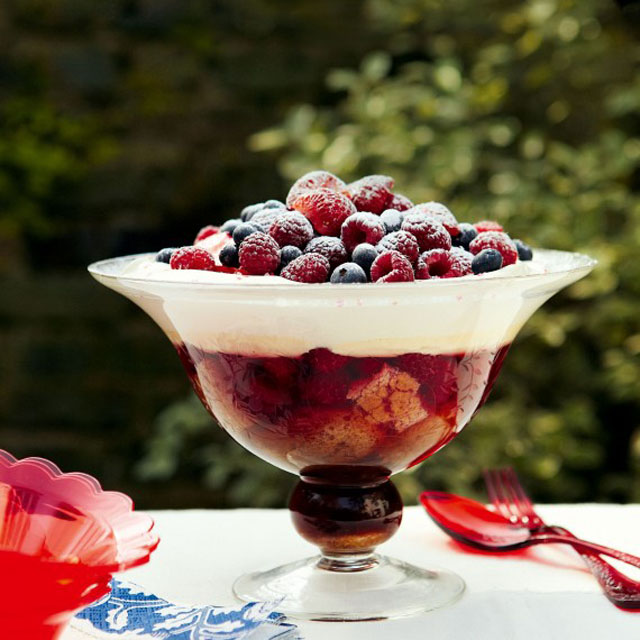
Your cake has risen, but it's really dense... a bit like eating a slightly sweet brick!
What went wrong?
The problem here could be that you haven't beaten enough air into your mixture, which has left it dense and lacking that softness we love when it comes to cake.
When you're making your cake whip up the butter and sugar first, for most recipes, to get plenty of air into it. Next add the eggs and flavourings and whisk again. Finally add the flour, folding in carefully to keep us much air in your mixture as possible. This will also avoid stretching the gluten which can give a chewy texture.
Can I save it?
It's not one for the bin, and you could definitely use it to make a homemade trifle instead.Save
Luba worked at woman&home between 2014-2017, specializing in food writing and styling. Starting out as a content writer, Luba moved up the ranks to become assistant digital food editor, bringing a creative approach to woman&home recipes. As well as heading up food content during her time at woman&home, Luba also worked on general lifestyle content.
-
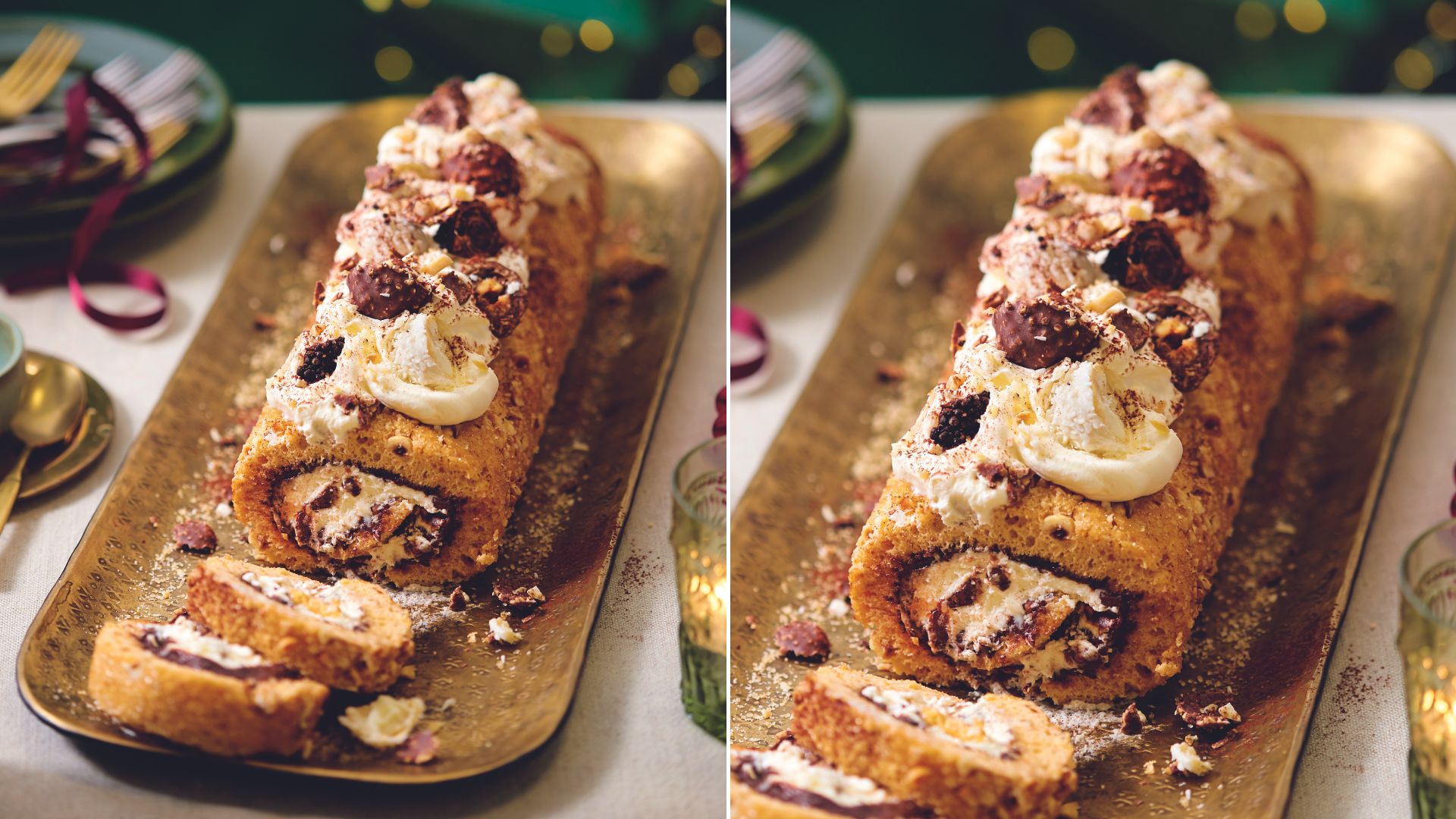 Chocolate and hazelnut roulade
Chocolate and hazelnut rouladeThis chocolate and hazelnut roulade comes with an optional Baileys Irish cream liqueur filling for an extra, festive twist
By Jen Bedloe Published
-
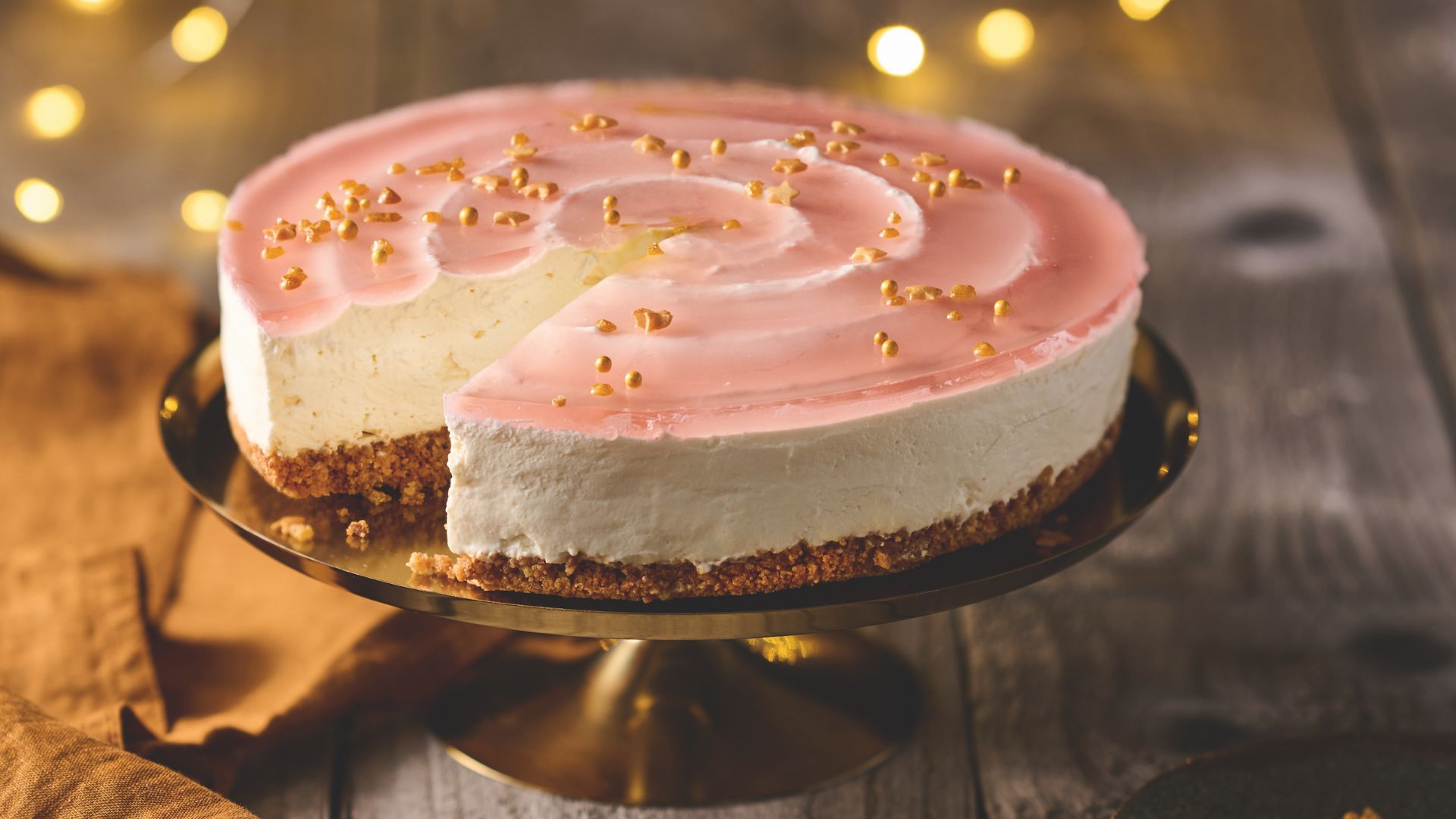 Baileys Cheesecake
Baileys CheesecakeThis no-bake Baileys cheesecake is so easy to make and perfect for cream liqueur lovers, plus it takes just 40 minutes to prepare
By Jess Meyer Published
-
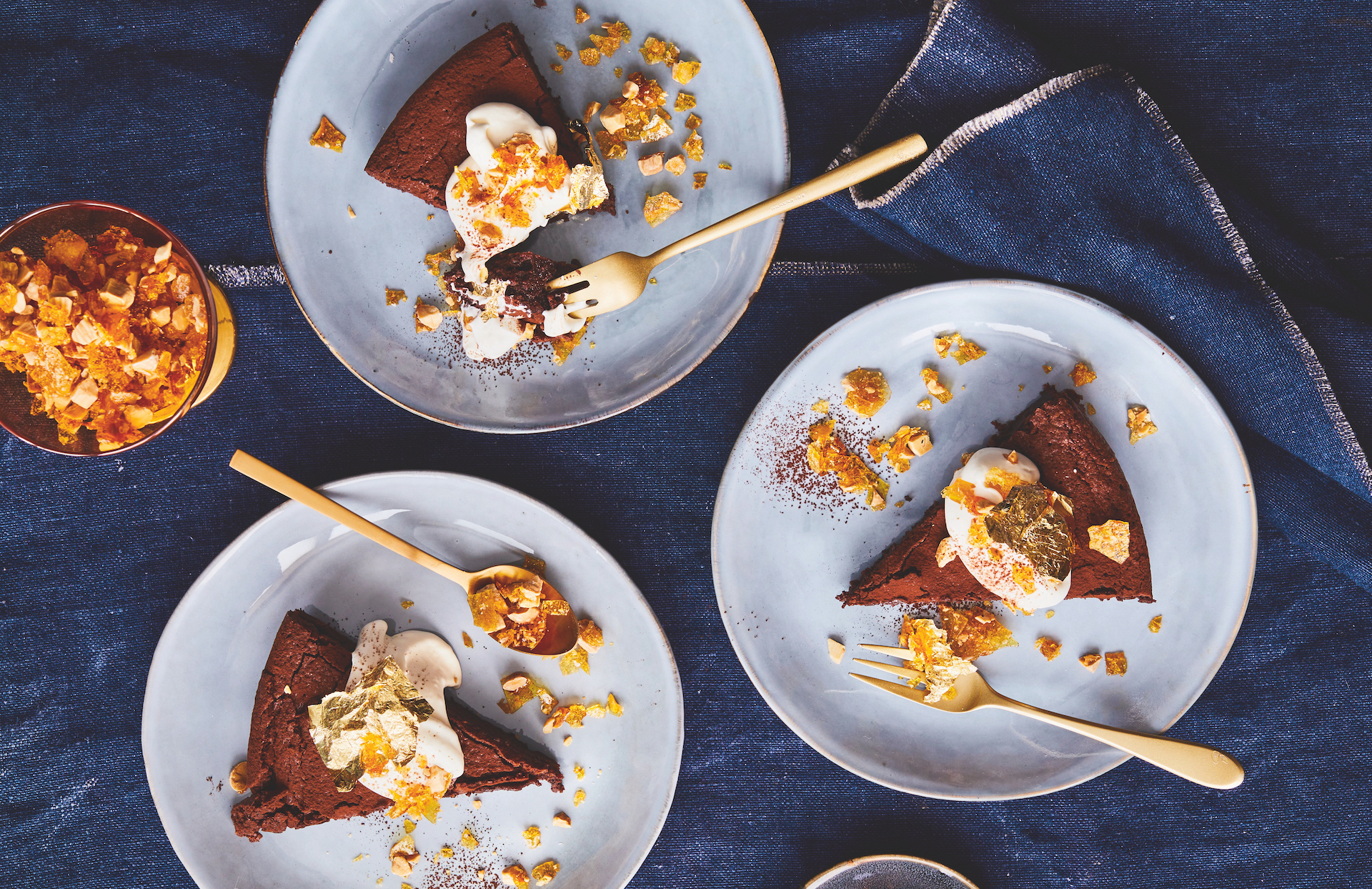 Chocolate torte with Baileys cream and salted praline
Chocolate torte with Baileys cream and salted pralineServe this rich Chocolate torte with Baileys cream and salted praline for a festive dessert that makes a popular alternative to Christmas pudding
By Jen Bedloe Published
-
 Chocolate and hazelnut roulade
Chocolate and hazelnut rouladeThis chocolate and hazelnut roulade comes with an optional Baileys Irish cream liqueur filling for an extra, festive twist
By Jen Bedloe Published
-
 Baileys Cheesecake
Baileys CheesecakeThis no-bake Baileys cheesecake is so easy to make and perfect for cream liqueur lovers, plus it takes just 40 minutes to prepare
By Jess Meyer Published
-
 Chocolate torte with Baileys cream and salted praline
Chocolate torte with Baileys cream and salted pralineServe this rich Chocolate torte with Baileys cream and salted praline for a festive dessert that makes a popular alternative to Christmas pudding
By Jen Bedloe Published
-
 Dr Amir Khan reveals the 5 symptoms you should 'never' ignore, no matter how 'vague' they are
Dr Amir Khan reveals the 5 symptoms you should 'never' ignore, no matter how 'vague' they areDr Amir Khan, a GP who often appears on ITV's Lorraine, took to Instagram this week to share the symptoms he'll always take a second look at
By Grace Walsh Published
-
 Forget beach bags and sunnies, Jasmine Harman's ravishing red swimsuit was elevated by matchy-matchy lipstick
Forget beach bags and sunnies, Jasmine Harman's ravishing red swimsuit was elevated by matchy-matchy lipstickIf I want to make even the simplest outfit look a bit more polished, colour coordination becomes my style best friend.
By Emma Shacklock Published
-
 Kate Middleton declares baker boy hats back for 2025 in new Love Actually-esque outfit
Kate Middleton declares baker boy hats back for 2025 in new Love Actually-esque outfitThe Princess of Wales's signature style is all about timelessness but that doesn’t mean that she never gets on board with trends.
By Emma Shacklock Published
